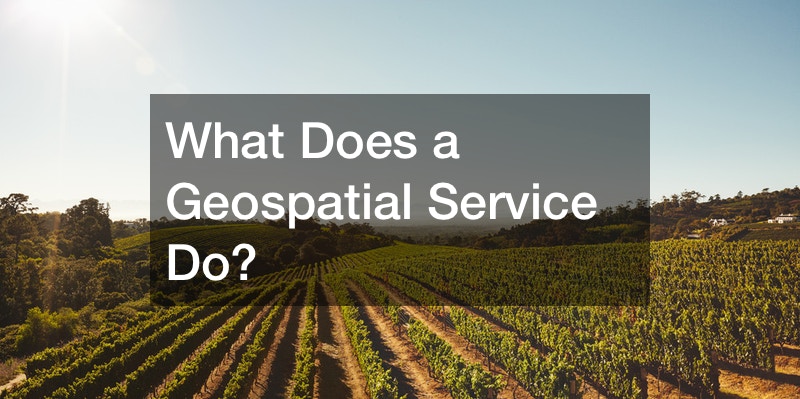
Did you know that the U.S. Fish & Wildlife Service depends on geospatial services, as in the technology, data, and science of it all? These services are vital for helping scientists understand how we can keep our planet healthy and full of healthy wildlife!
A geospatial service provides the necessary technology to produce, analyze, and distribute necessary information and data. Remote sending, Geographic Information Systems (GIS), and Global Positioning Systems (GPS) play important roles in a geospatial service’s goals in the long term.
In fact, issues caused by climate change can be addressed through these services and all they offer scientists trying to combat this major problem in today’s world.
It’s important to also understand how geospatial data providers play a role. These providers are organizations that find, process, and distribute various types of data based on particular locations. Population demographics and transportation networks are a few things that are heavily analyzed.

The Bureau of Land Management also utilized geospatial services. Geospatial data provides visuals and imagery that can be used for special projects that are meant to help organizations make scientific strides to keep our planet healthy. In fact, there are many cultural, social, and organizational benefits to a geospatial service!



